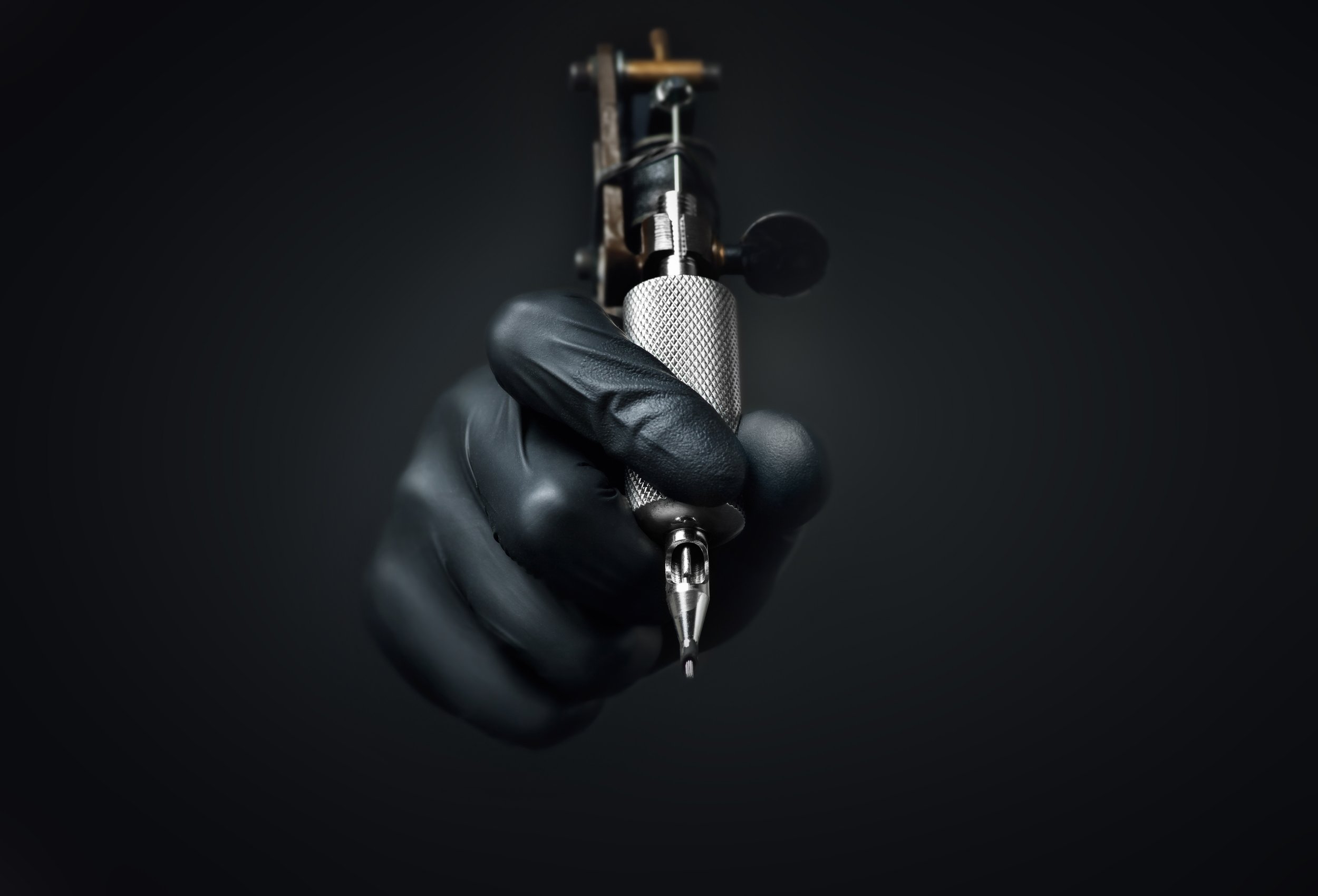
Frequently Asked Questions
-
The best way to schedule your appointment is by using the booking form available on our website. It allows us to gather all the necessary information efficiently. While we may not always be available to answer phone calls, we are committed to responding promptly to booking requests submitted through this form.
-
We accept walk-in tattoos on a first-come, first-served basis, subject to artist availability. Inquire about availability by phone or in person during business hours any day of the week.
-
Our artists are happy to evaluate covering old tattoos or scars, but an initial consultation is required before committing to a cover-up project. Please utilize the booking form to set up a consultation.
-
Wondering where to park? You'll find several paid parking lots within a few blocks of our location, as well as on-street parking options with varying time limits (ranging from 2 to 9 hours) depending on the street. For more details on parking services in Olympia, you can check out this link to the City of Olympia Parking Map.
-
In most cases, our preferred payment method is cash. However, if you are unable to arrange cash before your tattoo appointment, you must communicate this with your tattoo artist beforehand. They may have alternative payment options available to accommodate your needs. These methods will typically be online payment systems and not card readers.
-
Deposits serve as a means to secure your appointment and compensate the artist in case of appointment rescheduling. You can reschedule with at least 72 hours notice unless otherwise specified by your artist. Failure to notify your artist of your appointment cancellation may result in forfeiture of your deposit.
-
Visit our dedicated aftercare page for answers to your questions on how to take care of your new tattoo. If you have concerns not covered on this page, please don't hesitate to reach out to your artist or contact the shop directly as soon as possible.
-
The potential pain associated with getting a tattoo often deters some individuals from taking the plunge. Numbing cream provides a convenient solution, but not all tattoo artists embrace its use.
Why, you might wonder, are some tattoo artists hesitant about numbing cream? Here's a primary reason:
Many tattoo artists have experienced that numbing creams can alter the texture of a client's skin, rendering it "spongy" once the cream is applied. Others have reported that it causes the skin to stretch unevenly, become mushy, or develop raised hive-like bumps. These effects can disrupt the tattooing process and make it challenging to achieve a flawless design. Additionally, some tattoo artists avoid numbing cream due to the potential for allergic reactions. Given that everyone's body reacts differently, a pain-relieving tattoo cream that works well for one person could trigger an adverse reaction in another.
To mitigate these concerns, clients should perform a patch test and wait at least 30 minutes to assess if any adverse reactions develop.
The Time Required for Numbing Cream to Take Effect
If you're curious about how numbing creams function, most contain lidocaine and typically necessitate approximately 30 minutes to become effective.
This waiting period is another reason why some tattoo artists might be hesitant to use numbing cream on their clients. They may not have the time to conduct a patch test and wait the required 30 minutes for the cream to take effect.
The Limited Duration of Numbing Cream for Large Tattoos
Whether a tattoo artist is open to using numbing cream can also hinge on the size of the tattoo.
For clients seeking large and intricately detailed tattoos, the process can span several hours.
Most numbing creams lose their effectiveness after about 1.5 hours, so it's advisable to have an additional product available for reapplication once the initial one wears off. To address this aspect effectively, it's important to consult with your artist in advance to be sure you are getting their preferred products. This would allow you to prepare and bring the necessary items for your appointment. If the numbing cream wears off mid-tattoo, the process can become considerably more painful as the nerves become active again. Therefore, it's wise to inquire with your artist about any recommended products before purchasing or applying a numbing agent in preparation for your tattoo session. In the event that you arrive for an appointment having applied numbing cream that triggers a reaction, you may not be able to proceed with the tattoo that day. In such cases, rescheduling your appointment and submitting a new deposit might be necessary.
